Whether it's for making traditional flatbreads, stir-frying vegetables, or preparing other dishes, the handle in a tawa is a practical and essential feature that enhances the cooking experience and safety in the kitchen. The handle in a tawa serves several important purposes and provides various benefits when cooking.
Table of Contents
Importance Of A Handle In A Cookware:
Here are some of the key uses of iron tawa with handle:
- Safe Handling: During the cooking process, you can safely move, lift, and hold the tawa because it has a handle. Your hands are prevented from coming into direct touch with the hot surface, which reduces the risk of burns and other injuries.
- Easy Flipping: When cooking flatbreads like rotis or pancakes on a tawa, the handle makes it convenient to flip the food with a quick wrist motion. This ensures even cooking on both sides.
- Controlled Cooking: With the handle, you can easily control the position and angle of the tawa over the heat source. This control is especially crucial when cooking on a gas stove or open flame.
- Comfortable Cooking: The handle provides a comfortable grip, making it easier to hold the tawa steadily while cooking for an extended period.
- Balancing the Weight: A tawa with a handle helps distribute the weight evenly, making it more manageable to carry, especially when transferring it from one place to another.
- Serving and Presentation: The handle can also be useful when serving dishes directly from the tawa. You can use it to carry the tawa to the dining table and present the food in an authentic and rustic style.
- Hanging and Storage: Some tawas come with a hole in the handle, allowing you to hang them on a hook for easy storage and accessibility in the kitchen.
How Is The Design Of Iron Tawa With Handle?
In a cast iron tawa, the handle is typically an integral part of the design, made from the same cast iron material as the rest of the tawa. Unlike some other types of cookware with separate handles, an iron tawa with handle is usually a continuation of the tawa's body and is cast as a single piece.
Here's how the handle in a cast iron tawa is typically designed and used:
- Single Piece Construction: The tawa and its handle are crafted from a single mold of cast iron, creating a seamless and sturdy design. This ensures that the handle is securely attached to the tawa and can withstand the weight and heat during cooking.
- Heat Conductivity: Since the handle is made of cast iron, it has the same excellent heat-conducting properties as the rest of the tawa. This means that the handle gets hot along with the cooking surface. Care must be taken when touching the handle during cooking, and it's advisable to use a kitchen towel or a handle cover to protect your hands from the heat.
- Easy Handling: The handle on a cast iron tawa is designed to be wide and comfortable to grip. It provides a firm and secure hold, allowing you to lift and move the tawa with ease.
- Versatile Usage: A cast iron tawa with a handle is versatile and can be used on various heat sources, such as gas stoves, electric stoves, or even over a campfire.
- Storage and Hanging: Some cast iron tawas have a hole in the handle, which can be used for hanging the tawa on a hook for storage when not in use. This is a practical way to save space in the kitchen.
- Traditional Design: The handle on a cast iron tawa complements the traditional and rustic appeal of using cast iron cookware for preparing flatbreads and other dishes.
Challenges Of An Iron Tawa Without A Handle:
Cooking in an iron tawa without a handle can be a bit more challenging compared to using an iron tawa with handle due to the following reasons:
- Handling Difficulties: Lifting, moving, and flipping the tawa can be more challenging without a handle. It requires using a cloth or other heat-resistant material to protect your hands from the hot surface.
- Safety Concerns: If the tawa is not handled correctly without a handle, there is an increased danger of accidental burns as well as other injuries.
- Limited Portability: Tawas without handles can be less portable, making it difficult to carry the tawa from one place to another, especially when it's hot.
- Less Versatility: Tawas without handles may not be as suitable for use on open flames or campfires, as handling the hot tawa can be more challenging in such situations.
Precautions To Take While Using Iron Tawa With Handle:
As with all cast iron cookware, it's important to exercise caution when handling the tawa during cooking, as the handle can get hot. Using oven mitts, silicone handle covers, or a kitchen towel to hold the handle is recommended to protect your hands from the heat.
Conclusion:
Cast iron tawas are appreciated for their excellent heat retention and distribution, and the handle design contributes to their overall functionality and durability. Proper seasoning and maintenance are essential for keeping the cast iron tawa and its handle in optimal condition for years of cooking enjoyment.

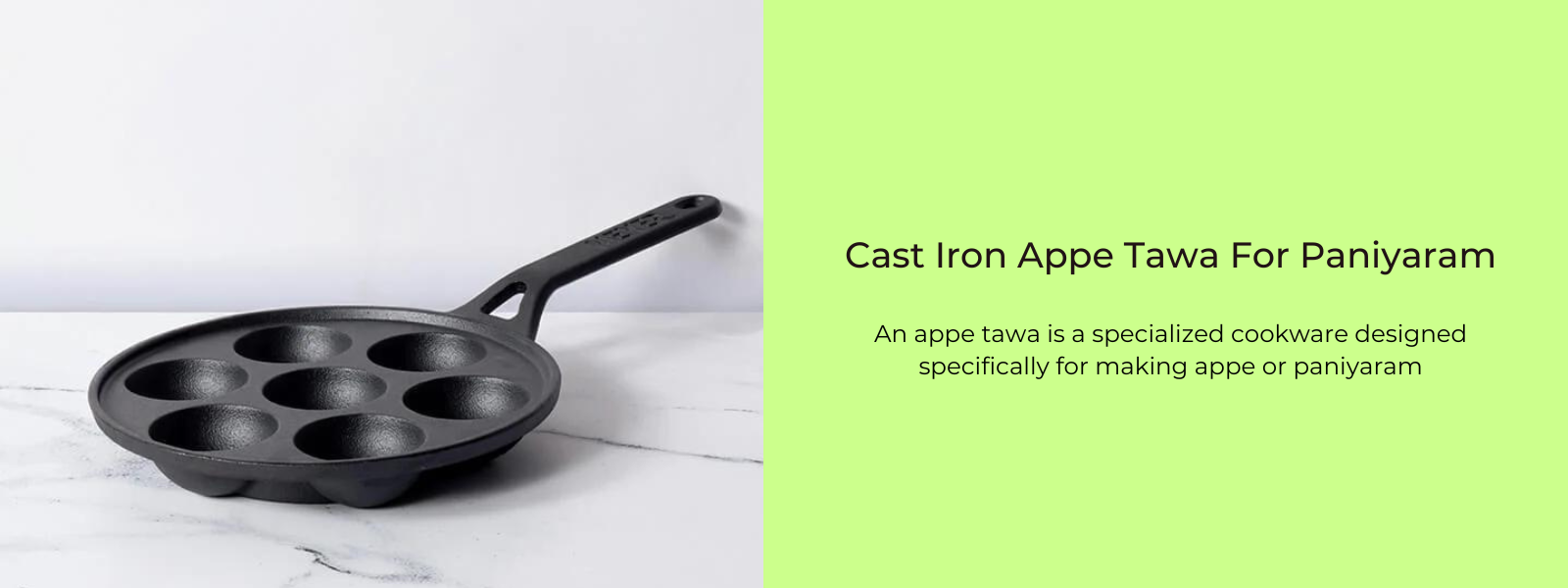
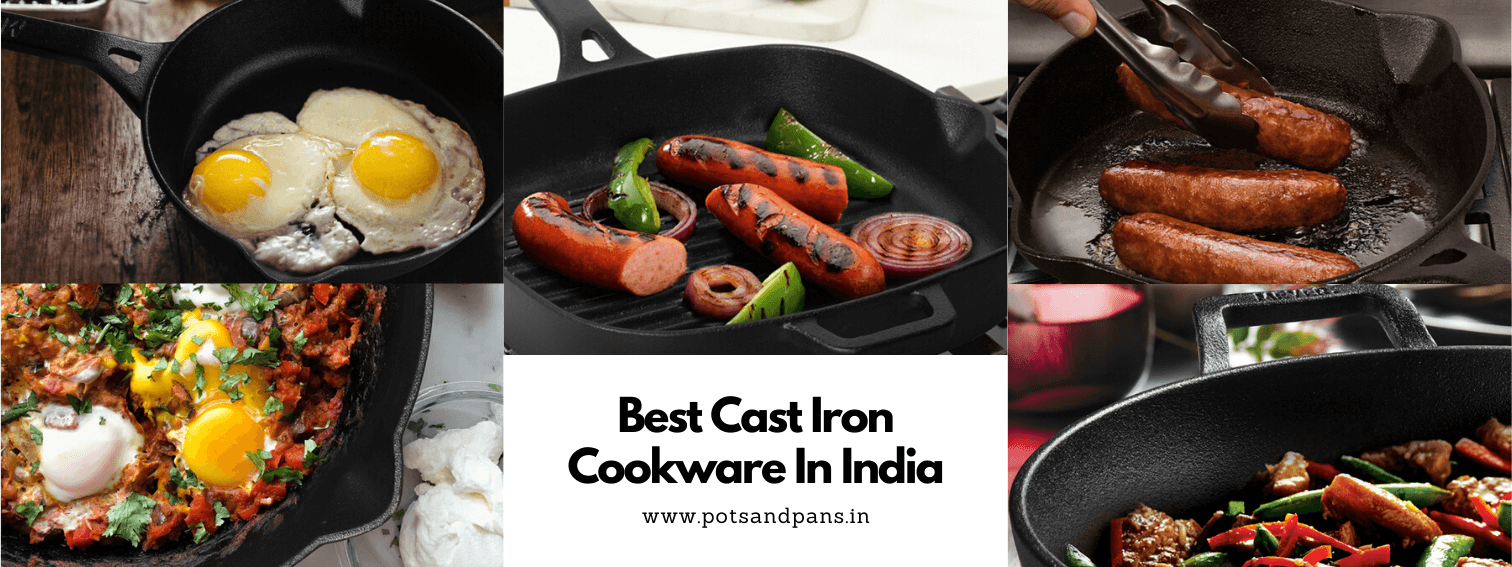
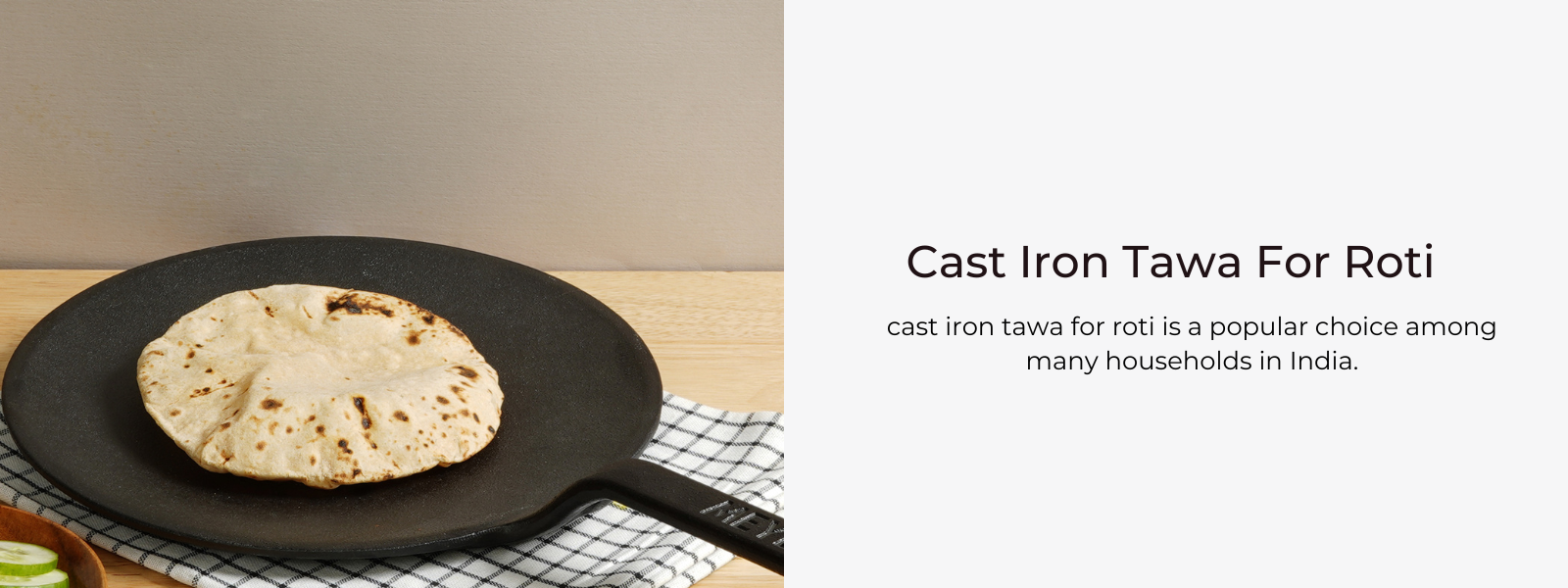
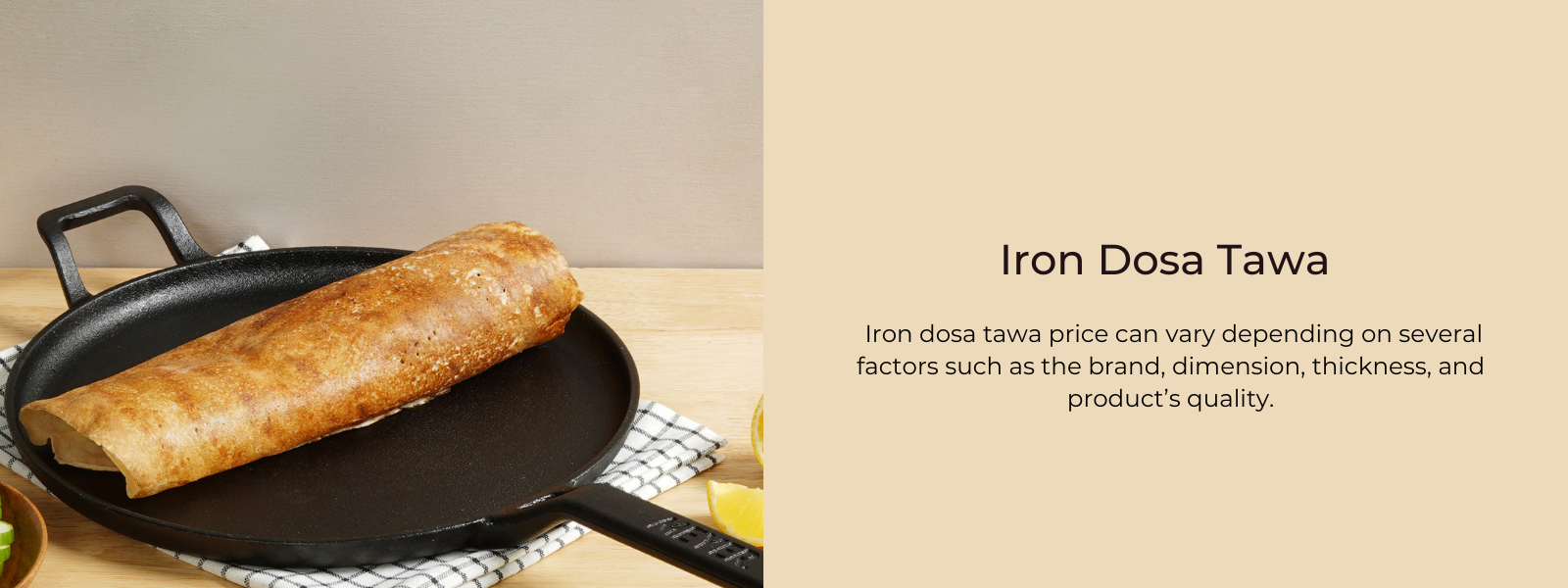
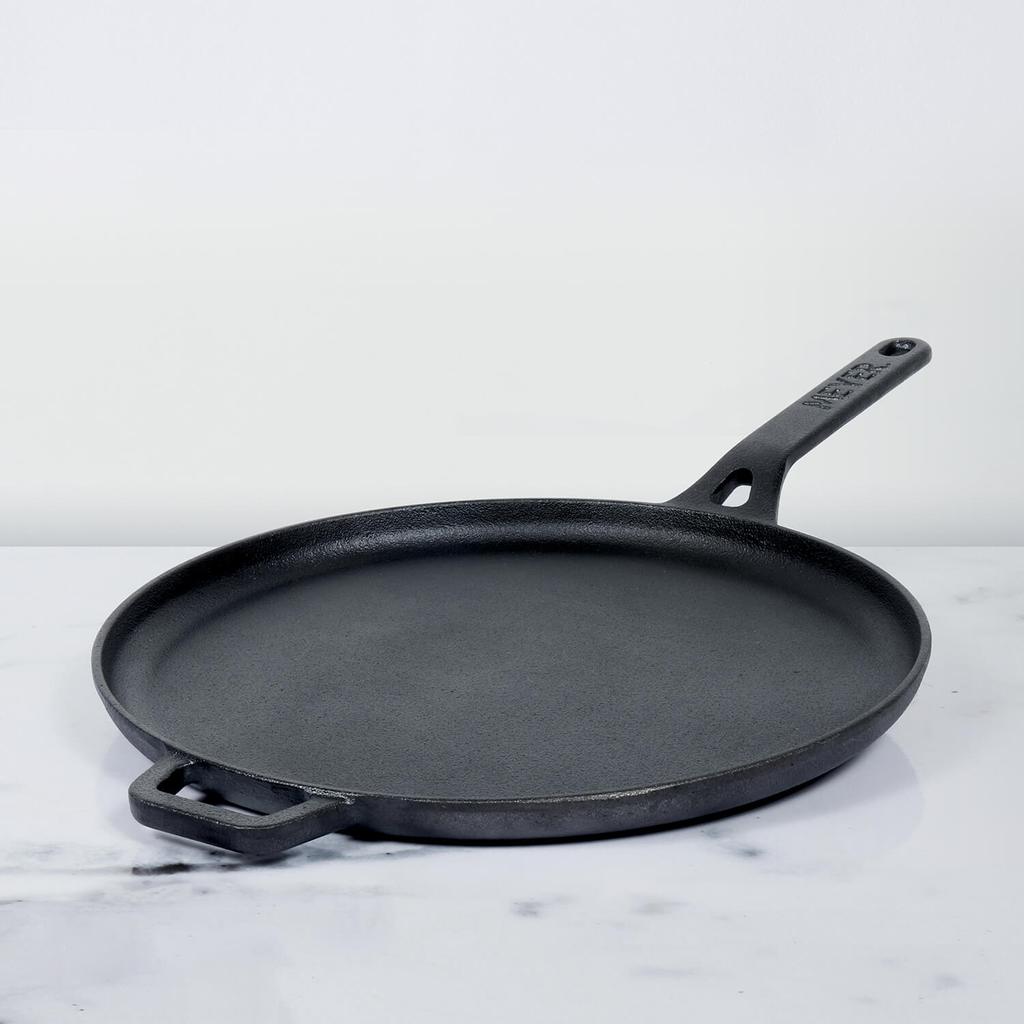
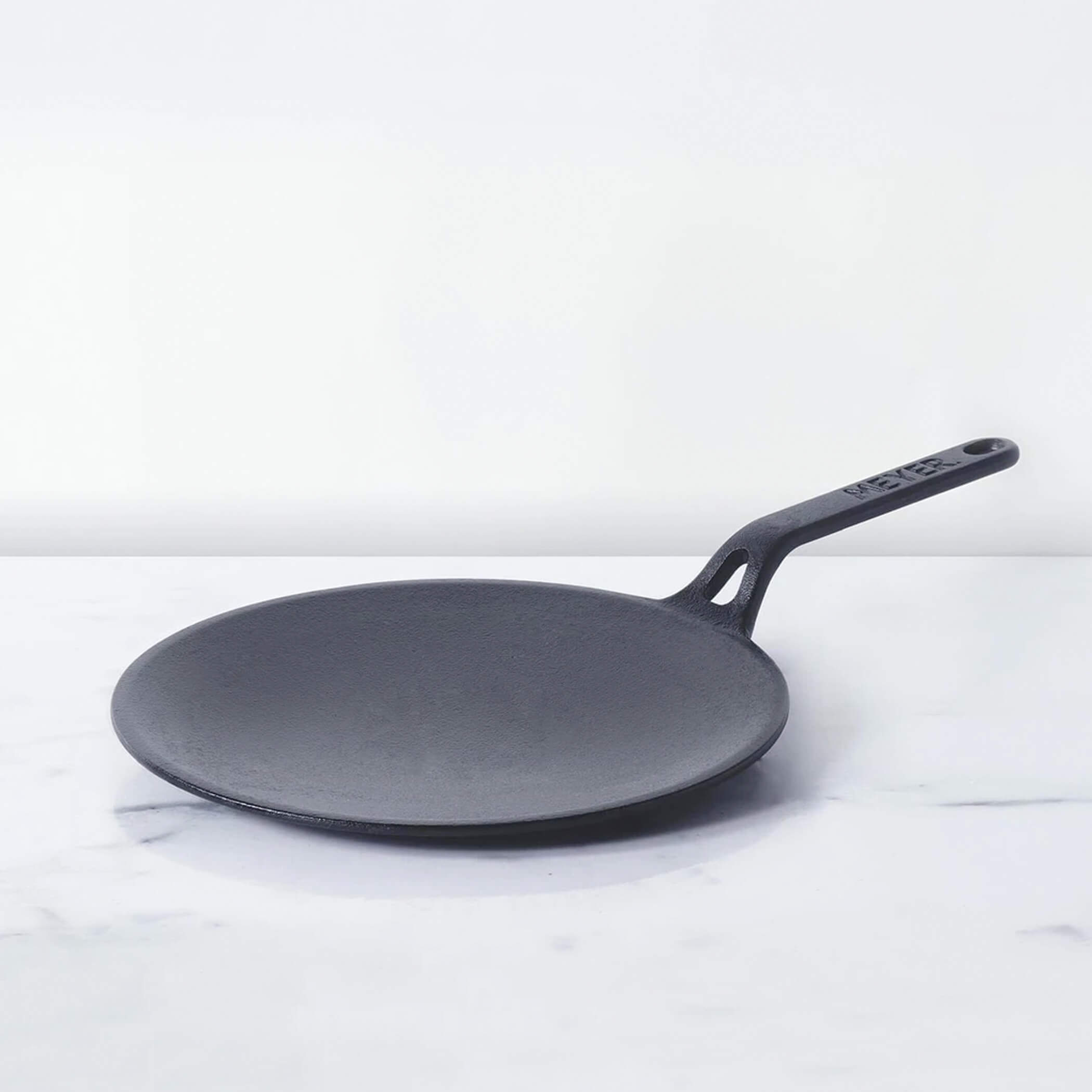




Leave a comment